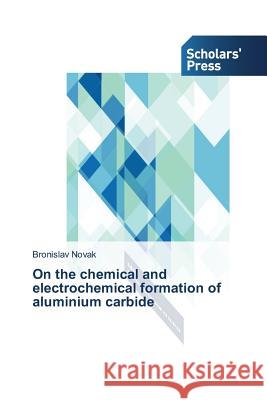On the chemical and electrochemical formation of aluminium carbide » książka
On the chemical and electrochemical formation of aluminium carbide
ISBN-13: 9783639669381 / Angielski / Miękka / 2014 / 128 str.
The formation of aluminum carbide was studied in Aluminium-carbon diffusion couple experiments with and without thin layer of cryolite. Electrochemical environments in Hall-Heroult cell were also simulated in laboratory electrolysis cell. The interaction of carbon with aluminum was studied with the influence of electrochemical reactions corresponding to both real and inverted electrochemical cells and with no aluminum present initially. The cross sections of the various cells were characterized by optical and electron microscopy. A close to compact layer of aluminum carbide was observed on carbon cathode surfaces and bath and aluminum carbide were found in the pores of the cathode. It was shown that the presence of cryolite and the polarization of cathode has pronounced effect on the formation of aluminum carbide. The difference between chemical and electrochemical formation of aluminum carbide and the importance of aluminum presence on the cathode and its possible involvement in the reaction is discussed."
The formation of aluminum carbide was studied in Aluminium-carbon diffusion couple experiments with and without thin layer of cryolite. Electrochemical environments in Hall-Héroult cell were also simulated in laboratory electrolysis cell. The interaction of carbon with aluminum was studied with the influence of electrochemical reactions corresponding to both real and inverted electrochemical cells and with no aluminum present initially. The cross sections of the various cells were characterized by optical and electron microscopy. A close to compact layer of aluminum carbide was observed on carbon cathode surfaces and bath and aluminum carbide were found in the pores of the cathode. It was shown that the presence of cryolite and the polarization of cathode has pronounced effect on the formation of aluminum carbide. The difference between chemical and electrochemical formation of aluminum carbide and the importance of aluminum presence on the cathode and its possible involvement in the reaction is discussed.











